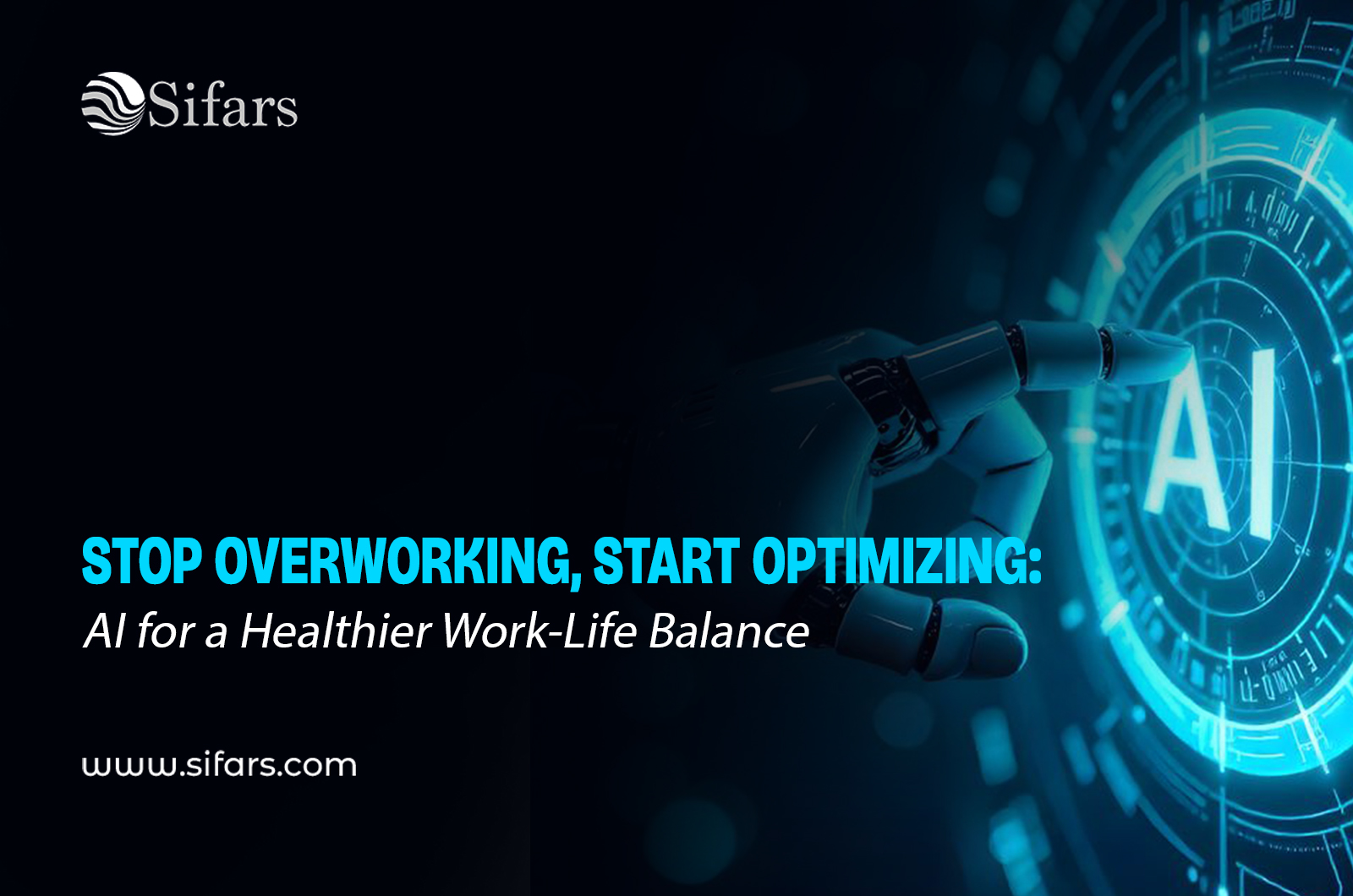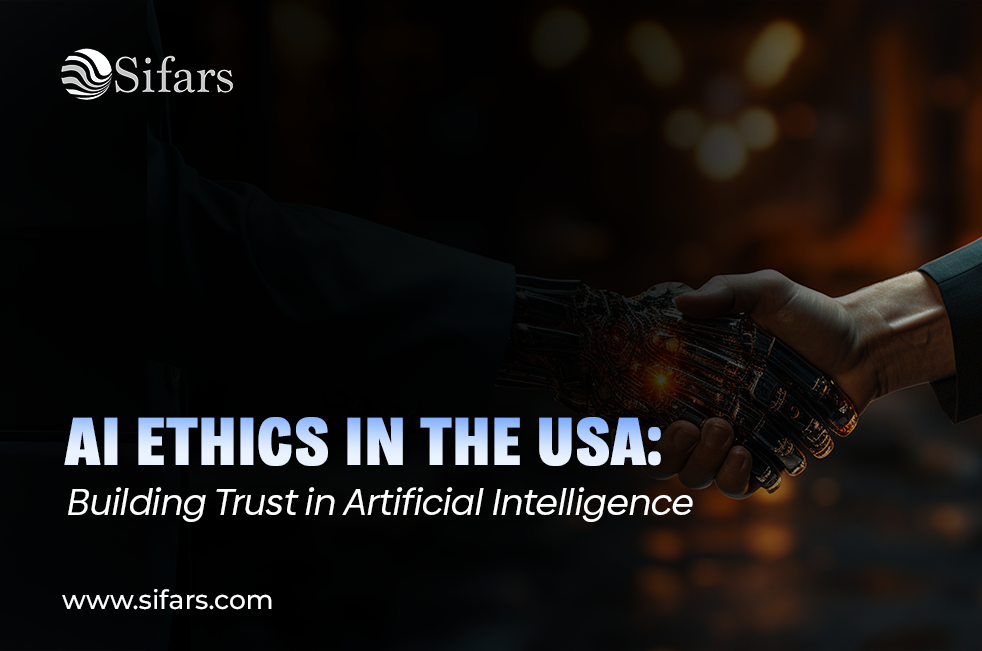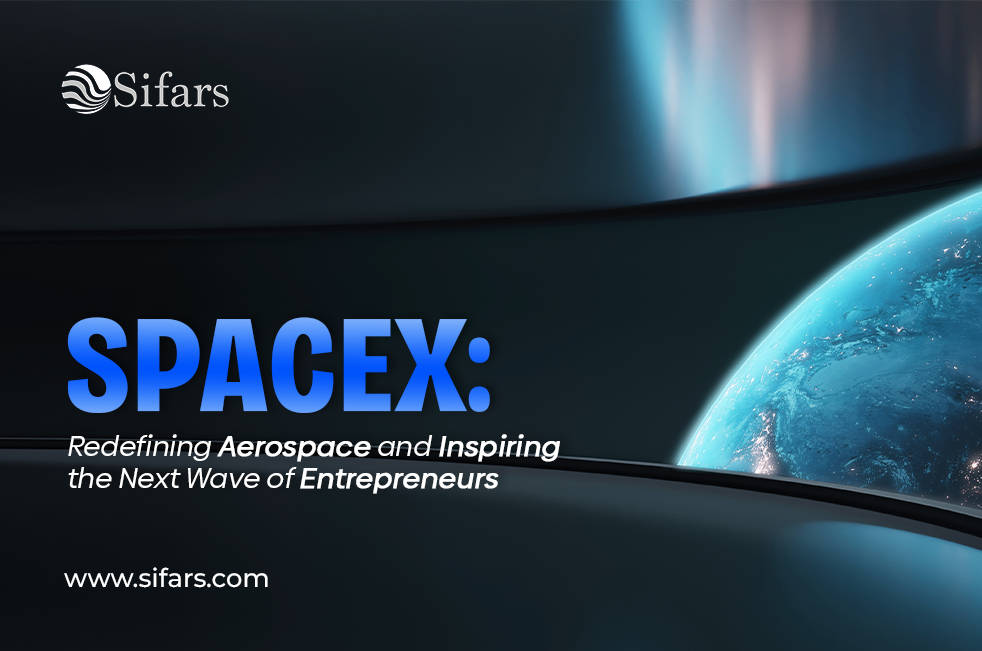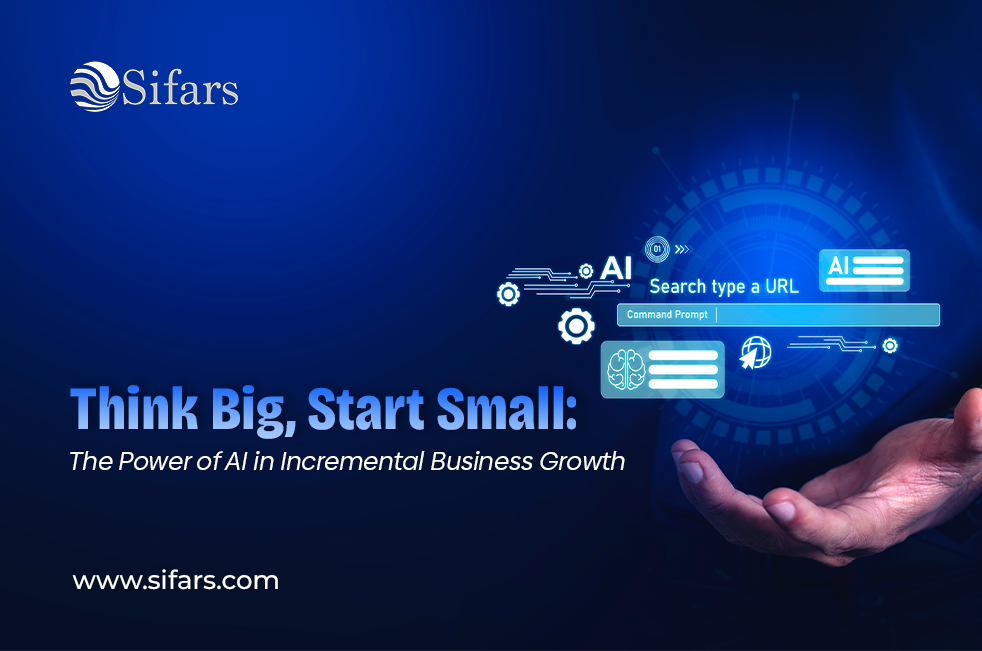Reading Time: 7 minutes
It’s important to mention right from the start because if we believe the excitement around recent AI advancements, then a lot of content can be handled by bots. Take ChatGPT, OpenAI’s language model, for example. Released in November 2022, this AI chatbot uses Natural Language Processing (NLP) to have conversations, giving responses that are relevant and almost like what a human would say. When asked to write an introduction for an article that questions what AI means for the future of creativity, It came up with this:
“In a world increasingly shaped by artificial intelligence (AI), the future of creativity is unclear.
AI has the potential to automate many creative tasks—like writing, art, and music. This could lead to a future where creativity is controlled by machines, with humans playing a supporting role.”
AI is suggesting it can be a key player in creativity.
It’s not a bad effort and shows how far the technology has come and where it might go. But whether we’re excited or skeptical, the real question is: what actual value does AI bring to creative fields? What are the downsides? And what can agencies do right now to not miss out on the opportunities?
Some important people and the AI tools they use
Although OpenAI is the company making a lot of noise in the world of generative AI, thanks to Microsoft’s support and the idea that systems like ChatGPT might eventually replace Google, many other companies are also developing similar technology to create original content.
As ChatGPT mentioned, this AI is being used across a wide range of creative fields, such as fine art, poetry, long articles, video, and music.
To create content, these programs are trained on large sets of existing data that include text, images, videos, and code collected from the internet.
In the area of AI-generated music, tools like Amper Music and Soundraw help users make melodies quickly.
For text-to-image creation, Astria, OpenAI’s DALL·E 2, Midjourney, and Jasper generate images and art based on your message. AI video creators such as Alai and Synthesia are making realistic avatars that can speak to a camera. Latte is helping reduce the effort needed to create content for social media, while OpenAI faces competition from other AI writing tools like Copy.ai, Rytr, and Writesonic. The list continues with Wix’s AI Text Creator, which they recently made available to partners who build websites for clients.
Although most of this software is still in early stages or beta, it is already changing the creative industries.
Some creators, like artist Refik Anadol, are fully embracing these tools and pushing the limits of modern art. Others, like designer Ammaar Reshi, are doing something unexpected, creating work that would usually take months or years in just one weekend.
Musicians like Nick Cave have commented on this, calling ChatGPT’s attempt to write a song in his style “a grotesque mockery of what it means to be human.”
The future of journalism and publishing was also questioned when tech news site CNET was found to be using “automation technology” to write financial articles under the name “CNET Money Staff.” They later clarified that it was only for research purposes.
These stories show how unclear the role of AI is as we try to figure out how to use it for good.
There are many ethical issues to consider, including plagiarism, copyright laws, the quality of output, environmental effects, misinformation, bias, and job loss. It’s a challenging path with many risks, but as with any new technology, there is also a lot of potential to gain.
Can AI replace human content writers?
With ChatGPT sparking a lot of discussion, it’s clear that the future of content creation is getting a lot of attention.
Ramsay believes AI can make the research part of content creation more efficient.
It can also help with brainstorming ideas for ad copy or unique angles. For agencies, she says it helps save time and money on repetitive tasks like writing product descriptions for e-commerce, sorting keywords for SEO, and helping with pitches and proposals. However, when it comes to writing brand stories and website copy, she thinks a personal touch is still essential.
The reality is that many agencies are still experimenting with AI.
According to the 2022 State of Marketing and Sales AI Report, 45% of marketers see themselves as AI beginners, 43% are at an intermediate level, and only 12% say they’re advanced. Expect more agencies to explore AI more deeply in 2023, which many are calling “the year AI goes mainstream.”
Take a mixed approach
Matt Konarzewski, the founder of Vision Marketing, is really into AI.
He thinks agencies need to use this technology to stay relevant to their clients when it comes to digital work. He’s already using AI tools for his agency’s blog. In a recent post called “How to Revolutionize Your SEO Strategy with Wix,” he used ChatGPT to write the text, Synthesia to make a video, and Midjourney to create social media images.
Konarzewski believes AI can speed things up in areas like development, design, and content creation.
However, he’s worried about the amount of “random content” that will start appearing online and how that might impact Google’s rules for SEO.
Despite this, he still thinks agencies should take a mixed approach, using AI tools to help with their regular work to give their clients the best results.
“With AI, we need to redirect our creativity to different areas and work alongside robots to achieve better and faster results for our clients,” he explains.
Don’t be worried about AI. Use it.
Carlos Cortez from S9 Consulting has been using AI writing tools like Jasper, Speedwrite, and Copy.ai for the past two years, and recently started using ChatGPT as well.
“It’s a great starting point for writing blog posts,” he says. “It won’t get you 100% there, but it gives you a solid foundation for creating real content and including SEO-friendly phrases.”
Cortez believes AI can help agencies save money and time on their content marketing services.
However, he also sees a challenge: it makes it easier for potential clients to do basic writing themselves instead of hiring an agency.
That said, even with all the new technology, Cortez remains hopeful about the ongoing need for agency services.
“Like anything, AI is just a tool,” he explains. “The best people know you have to grow and adapt over time. This is no different. Don’t be scared of technology; find ways to use it because it will never replace the expertise of an agency.”
Integrate AI with your favorite tools
Chris Sammarone, CEO of Upcode Studios, has been testing ChatGPT and DALL·E 2 and says the experience has been positive for his agency’s creative services.
He is interested in how this technology could help improve creative design and content creation.
“We see a few major pros and cons to AI tools,” he explains.
“On the positive side, they can save time and money by reducing the need for labor, and they can help speed up and improve the accuracy of results. On the other hand, there’s a risk that they might limit artistic freedom. We plan to use these tools mainly for tasks that save time and effort, and possibly to cover areas where our current services fall short.”
Sammarone is more interested in researching and developing the OpenAI API for his agency’s preferred development platforms. “
We’re hoping to use this API in our client relationship and project management systems, as well as in follow-up processes and customer service workflows,” he says.
Create strong UX/UI
Jacob Murphy, founder of Act One Media, has been looking into AI tools but hasn’t used them in any client projects yet.
“That might change soon, or it might not,” he says. “AI tools are definitely interesting—and some of them are really impressive—but they seem to miss that intangible human touch that makes design unexpected and enjoyable.”
Murphy thinks AI could be useful in the early stages of web projects, helping to create solid UX or UI foundations that agency teams can then modify and expand on.
His studio will look into these possibilities more closely, but for now, he’ll keep the real creativity in human hands.
“AI can follow a lot of rules to make things that look creative, but I’m not sure it can make something truly fresh or original the way a great designer or writer can,” he says.
“Maybe they can, and I just haven’t seen it yet, but right now, I think there’s something special about a clever phrase in copy or a design that feels personal and unique. That’s what I’m most excited about.”
Automate tedious tasks
Matthew Tropp, from the full-service media agency Blackthorn Publishing, uses Jasper AI to create content for press releases, blog posts, and website copy.
He finds the results to be quite impressive, though they do require some minor edits. He is excited about the potential that OpenAI’s latest tools offer to the industry and sees them as a way to deliver high-quality work to clients more quickly.
“AI will likely play an increasingly important role in web design, with the potential to greatly improve user experience and make the process of creating websites easier,” he says.
“AI can help automate tedious tasks such as website testing, optimizing images and colors for the best display, and can suggest changes to optimize a website’s performance. Additionally, AI can help create website layouts and designs optimized for user experience, helping to increase conversions.”
Tropp mentions that computer biases and copyright infringement are the top concerns for professionals when it comes to AI, but he believes the benefits are greater than the drawbacks and that the technology can revolutionize creative fields.
“For me, it’s all about time management and efficiency when using AI,” he says. “It’s really helped my business grow.”
Stay ahead of the competition
Laylee Bodaghee, CEO of Shadow Knights Studio, believes that within the next 3 to 5 years, AI will take over 30 to 40% of what most agencies can do.
The studio already uses tools like Midjourney, ChatGPT, and DALL·E 2 to make their work faster and more efficient.
“Using AI is no longer optional if you want to stay competitive,” she says.
“Tasks like project management, design, graphics, music, art, and writing will all be done automatically, with smaller teams fine-tuning the AI to get better results. This is where we’re heading as well.”
As AI tools become more common in all areas, Bodaghee warns that industries need to make sure these systems don’t take advantage of people or replace real creativity.
Even though she’s enthusiastic about how AI can improve performance and inspire new ideas, she stresses the importance of keeping human creativity alive.
“The real, authentic experience will always be valuable in the future,” she says.
“Just like people still enjoy analog watches, handmade pottery, and music played on strings, there will always be a place for those who create by hand and connect emotionally with their work. Even if it’s not the usual way things are done, our team wants to keep this tradition of creative expression going for a long time.”
Use AI to boost your creativity, not replace it
OpenAI aims to develop artificial general intelligence, which means creating a system that can fully reflect human intelligence, creativity, and thoughtfulness.
That’s a big goal, and we’re still far from reaching it.
Instead of asking ChatGPT to guess when or how we might get there, Bodaghee captures the common view of creative professionals.
“With AI, you need to stay open-minded and explore what’s possible within its limits,” she explains.
“You’ll find that AI can handle a lot of the hard work for you, but nothing is perfect, and many AI systems often give incorrect answers or strange results. It’s up to you to properly present the final product. In short, AI should be used to support your creativity, not replace it.”
As these changes happen quickly, agencies and creators across all fields will need to find ways to stand out in a world full of AI-generated content, where clients have AI tools at their disposal.
It would be bold to bet against creatives using their skills and natural talent to stay at the top of their industries, even if ChatGPT suggests otherwise.
Connect with Sifars today to schedule a consultation and begin accelerating your business’s transition into the future of intelligent operations.
www.sifars.com









